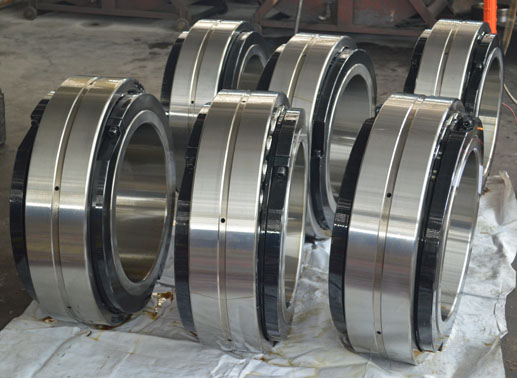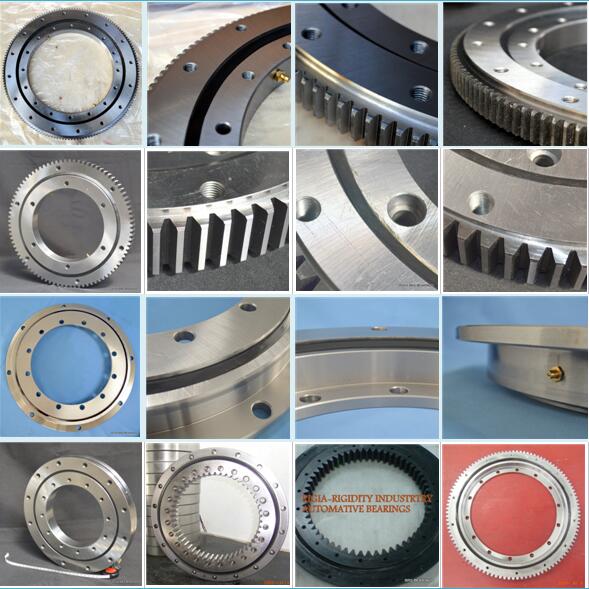Split Bearings Failure – Inflexible Rotation Causes and Solutions
BRS learned from some users about one type of split bearings failure, that the rotation of the split bearing is not flexible. What is the reason for it? We need to analyze according to the specific situation to find the best solution.
The split bearing is special in design compared with common bearings, it's convenient to install and remove, can save a lot of downtime and cost for the plant. Besides, split bearings are suitable for applications with low speed, heavy load, large impact loads and poor sealing performance.

Three Symptoms of Split Bearings Failure - Inflexible Rotation
1. The newly purchased split bearing product does not run smoothly
Possible reasons: Check the production date of the split bearing. If the time is long and the climate is cold, it is possible that the viscosity of the grease in the raceway is too large which lead to the inflexible rotation.
Solutions: Put some loads on the bearing then rotate, if it can run without additional abnormality, then the bearing is in the normal condition of use. If it is accompanied by abnormal noise, check if there are serious damage on the bearing during transportation.
2. Split bearing rotation is not flexible after reassembly
Possible reasons: Check whether the mounting surface of the main equipment and the split bearing are well matched or not. If the split bearing is in a state of negative clearance, the rolling elements will be difficult to run in the raceway, sometimes accompanied by abnormal noise.
Solutions: Re-machine the installation flat according to the requirements, or use the washer. If the condition is difficult to handle, users can just replace a split bearing with a slightly larger clearance.
3. Inflexible rotation of split bearings during operation
Possible reasons: Lack of grease, or sealing strip is damaged, causing contaminants to enter the raceway.
Solutions: Check bearings lubricant condition regularly and refill the grease or replace the sealing strips when necessary.

